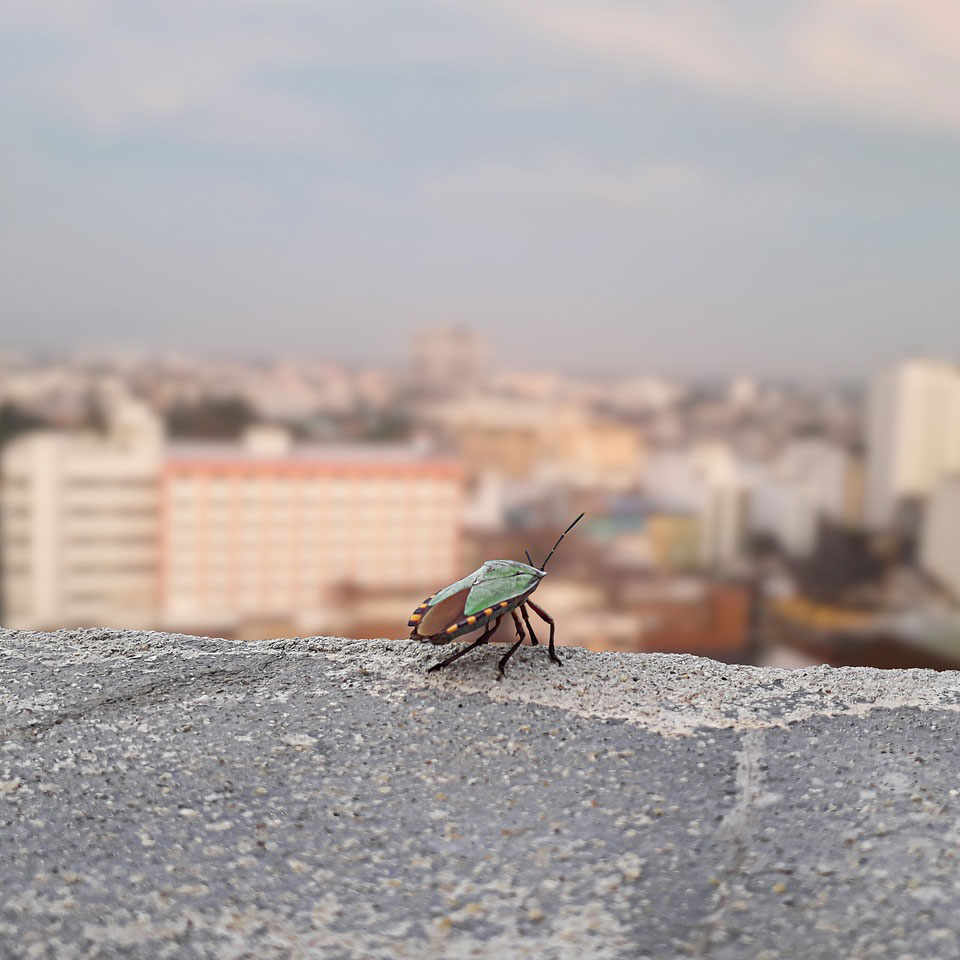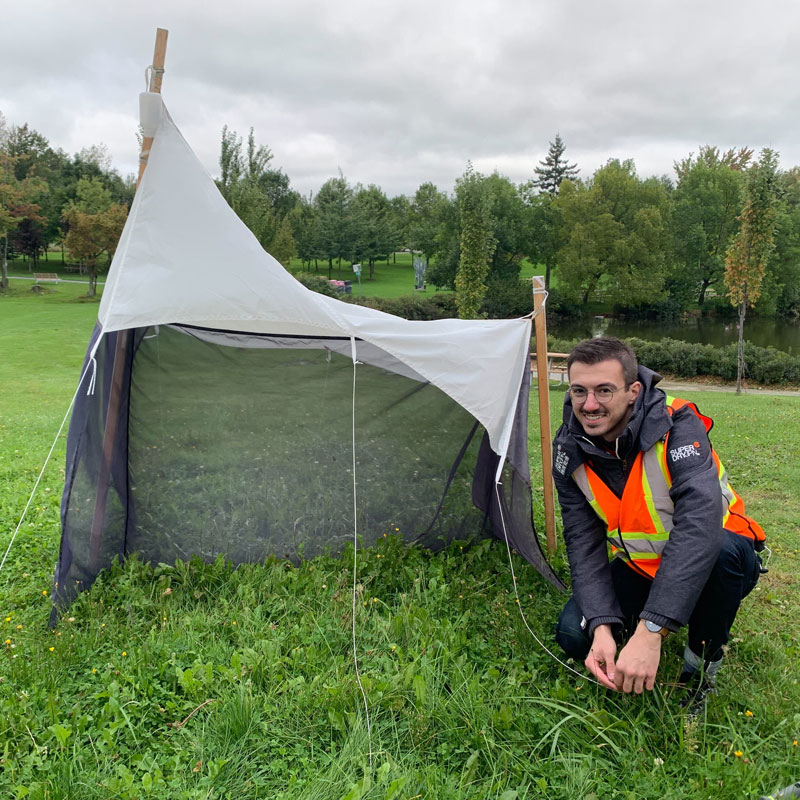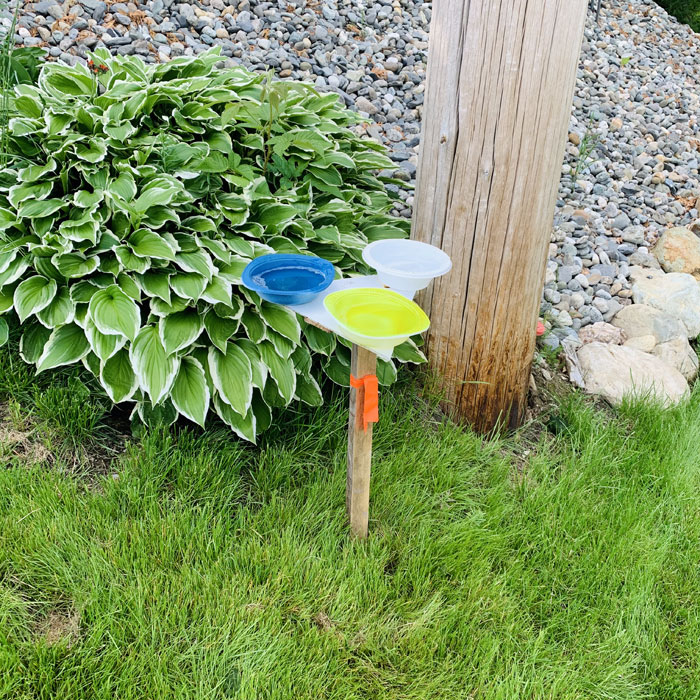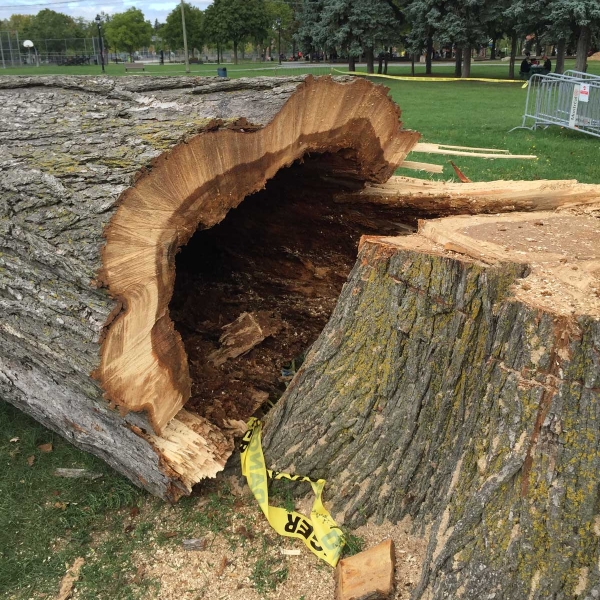The urban environment is the most rapidly changing and developing biotope in the world. To document and support sustainable management of this rapidly expanding ecosystem, it is essential to understand the links between urban biodiversity and ecosystem services in the city. Numerous studies in urban ecology have already provided us with information on the fauna and flora of urban environments but few have focused on insects. Indeed, apart from pests, very little information is available on the biodiversity of entomofauna in cities.
A better knowledge of urban insect communities would therefore be a valuable asset in our understanding of the distribution and migration patterns of species within cities. Because of their ubiquity and great mobility, flying insects could help us to better understand the impact of cities on the distribution and organisation of all fauna in urban environments.
The objectives of this research project are therefore to:
- assess the presence of insects in cities by setting up a vast sampling network;
- quantify and identify flying insect communities across an urban and vegetation gradient in two Quebec cities: Sherbrooke and Montreal;
- put the biodiversity of the urban entomofauna into perspective with biogeographic dynamics, particularly within and between urban green spaces; and
- interpret the role of insects as a vector for the dispersion of microbiomes in urban ecosystems.
This ambitious research project, at the interface of many disciplines, is a great opportunity to improve our understanding of the movements and organisation of urban fauna.








